Notify me
2018 Savennières Moelleux
Château d’Épiré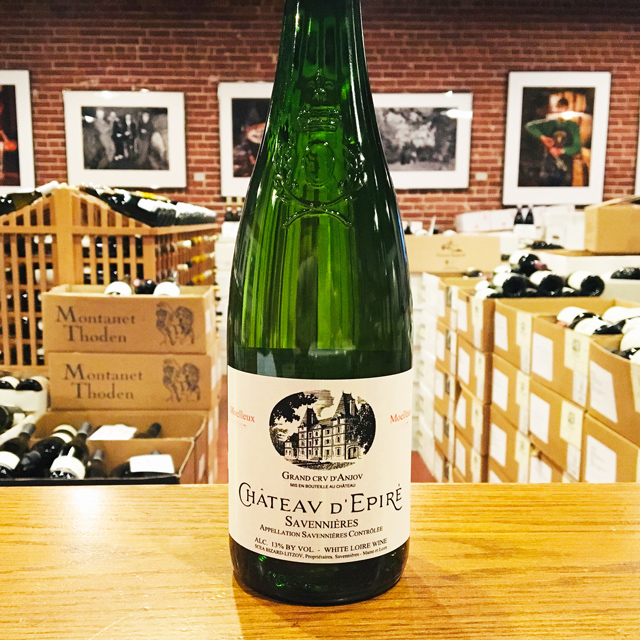
Ask anyone who has worked at KLWM for over twenty years to name their favorite wine from Kermit’s legendary cellar and you will get the same response: the 1947 Moelleux from Épiré. The aromas are too abundant to name, their beauty and intrigue unparalleled in the wine world. Here is your chance—if you can be patient—to create some of the most exciting memories of your wine life.
—Dixon Brooke
| Wine Type: | dessert |
| Vintage: | 2018 |
| Bottle Size: | 750mL |
| Blend: | Chenin Blanc |
| Appellation: | Savennières |
| Country: | France |
| Region: | Loire |
| Producer: | Château d'Épiré |
| Winemaker: | Luc Bizard |
| Vineyard: | 30-55 years, 8.5 ha |
| Soil: | Schist |
| Aging: | Juice rests for 24 hours before being racked into stainless steel cuves or barrel for fermentation to begin |
| Farming: | Lutte Raisonnée |
| Alcohol: | 13% |
More from this Producer or Region

2020 Saumur-Champigny “Franc de Pied”
France | Loire
This Saumur Champigny is electric and alive, from the first scent of roses on the nose to the juxtaposition of textured tannic grip and sheer weightlessness on the palate.
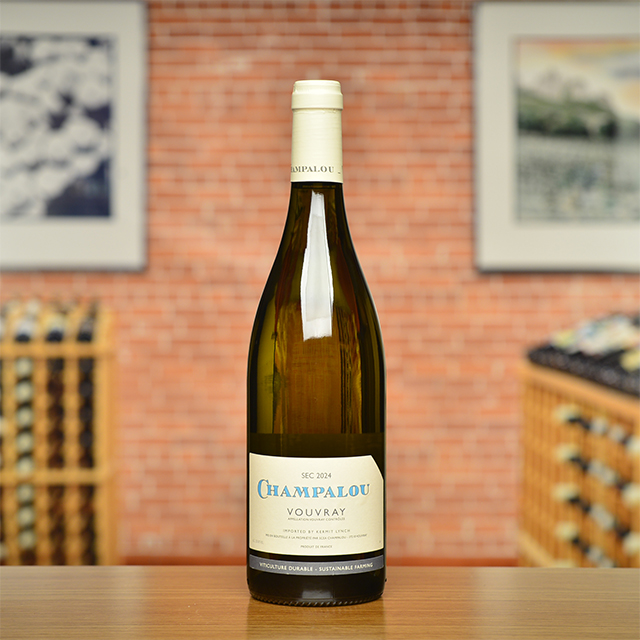
2024 Vouvray
France | Loire
Gentle and refreshing on the palate, it boasts a delightful balance of stony minerality with luscious, almost honeyed fruit and flowery notes.

2024 Saumur Blanc “L’Insolite”
France | Loire
Made from nearly hundred-year-old vines, this a great initiation into the world of Thierry’s white wines.

2022 Chinon “Cuvée Terroir”
France | Loire
The perfect combination of tart red fruit, herbaceousness, and graphite earthiness.

2024 Muscadet Sèvre et Maine Sur Lie
France | Loire
Classic Muscadet aromas endure, but there’s a complexity here that’s uncommon for an appellation known for its simple oyster wines.
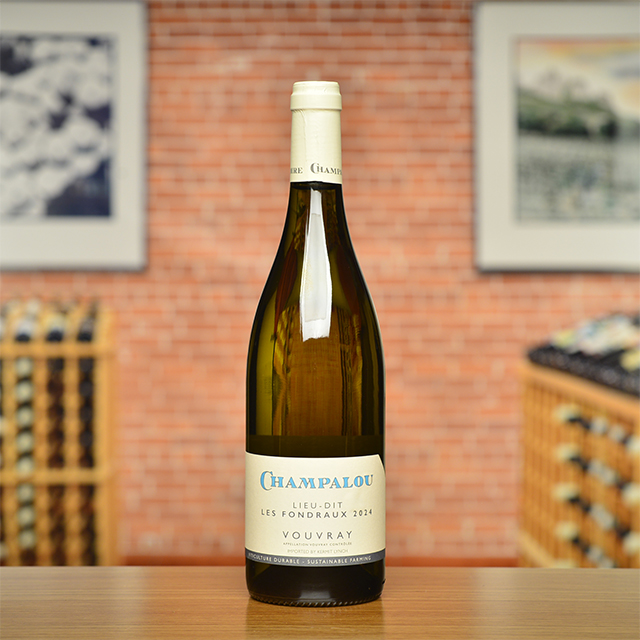
2024 Vouvray “Les Fondraux”
France | Loire
The contrast of ripe, succulent Chenin Blanc fruit with a spike of flinty minerality is like licking honey off an arrowhead.

2021 Vin de France Blanche
France | Loire
This skin-contact wine is redolent of blood orange and hyssop—a perfect apéritif for olives and anchovies.
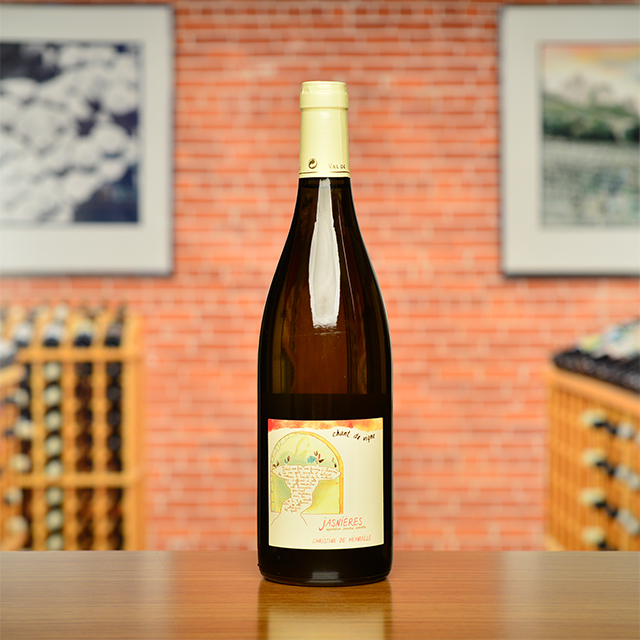
2016 Jasnières “Chant de Vigne”
France | Loire
** New Wine Added ** A single-vineyard bottling whose age lends a soft, drawn butter richness to its bright, tart citrus palate.
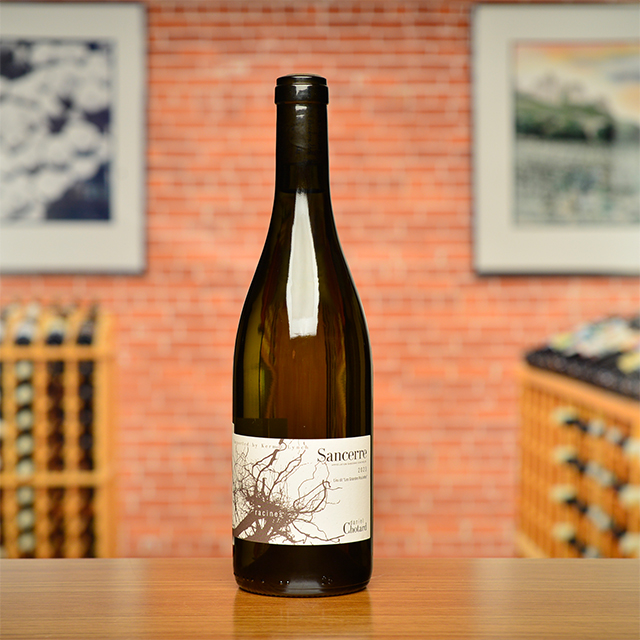
2023 Sancerre “Racines”
France | Loire
It combines the racy acidity and taut mineral structure imparted by the Kimmeridgian limestone terroir with a subtle kiss of oak and a fine wood grain on the finale.

2021 Saumur-Champigny “Les Mémoires”
France | Loire
Sourced from 110+ year-old vines, this is hands-down one of the best Cab Francs being made in the Loire Valley today.
About The Region
Loire

The defining feature of the Loire Valley, not surprisingly, is the Loire River. As the longest river in France, spanning more than 600 miles, this river connects seemingly disparate wine regions. Why else would Sancerre, with its Kimmeridgian limestone terroir be connected to Muscadet, an appellation that is 250 miles away?
Secondary in relevance to the historical, climatic, environmental, and cultural importance of the river are the wines and châteaux of the Jardin de la France. The kings and nobility of France built many hundreds of châteaux in the Loire but wine preceded the arrival of the noblesse and has since out-lived them as well.
Diversity abounds in the Loire. The aforementioned Kimmeridgian limestone of Sancerre is also found in Chablis. Chinon, Bourgueil, and Saumur boast the presence of tuffeau, a type of limestone unique to the Loire that has a yellowish tinge and a chalky texture. Savennières has schist, while Muscadet has volcanic, granite, and serpentinite based soils. In addition to geologic diversity, many, grape varieties are grown there too: Cabernet Franc, Chenin Blanc, Sauvignon Blanc, and Melon de Bourgogne are most prevalent, but (to name a few) Pinot Gris, Grolleau, Pinot Noir, Pineau d’Aunis, and Folle Blanche are also planted. These myriad of viticultural influences leads to the high quality production of every type of wine: red, white, rosé, sparkling, and dessert.
Like the Rhône and Provence, some of Kermit’s first imports came from the Loire, most notably the wines of Charles Joguet and Château d’Epiré—two producers who are featured in Kermit’s book Adventures on the Wine Route and with whom we still work today.
More from Loire or France
2017 Jasnières “Chant de Vigne”
Christine de Mianville France | Loire
2024 Muscadet Côtes de Grand Lieu sur lie “La Nöe”
Eric Chevalier France | Loire
2024 Muscadet “Le Clos de la Butte”
Eric Chevalier France | Loire
2023 Sancerre “Racines”
Daniel Chotard France | Loire
2024 Jasnières
Pascal Janvier France | Loire
2022 Saumur Champigny “Terres Chaudes”
Thierry Germain France | Loire
2019 Vin de France Rouge Grolleau/Cabernet Franc “Clandestine”
Grange Saint-Sauveur France | Loire
2022 Vin de France Rouge “Le Martray”
Grange Saint Sauveur France | Loire
2019 Vouvray “Bois Guyon”
Catherine & Pierre Breton France | Loire
2023 Chinon “Les Petites Roches”
Charles Joguet France | Loire
2024 Chardonnay
Eric Chevalier France | Loire
2021 Chinon “Clos de la Dioterie”
Charles Joguet France | Loire
2017 Jasnières “Chant de Vigne”
Christine de Mianville France | Loire
2024 Muscadet Côtes de Grand Lieu sur lie “La Nöe”
Eric Chevalier France | Loire
2024 Muscadet “Le Clos de la Butte”
Eric Chevalier France | Loire
2023 Sancerre “Racines”
Daniel Chotard France | Loire
2024 Jasnières
Pascal Janvier France | Loire
2022 Saumur Champigny “Terres Chaudes”
Thierry Germain France | Loire
2019 Vin de France Rouge Grolleau/Cabernet Franc “Clandestine”
Grange Saint-Sauveur France | Loire
2022 Vin de France Rouge “Le Martray”
Grange Saint Sauveur France | Loire
2019 Vouvray “Bois Guyon”
Catherine & Pierre Breton France | Loire
2023 Chinon “Les Petites Roches”
Charles Joguet France | Loire
2024 Chardonnay
Eric Chevalier France | Loire
2021 Chinon “Clos de la Dioterie”
Charles Joguet France | Loire
Vintage Chart Mentality

Vintage Chart Mentality
Trust the great winemakers, trust the great vineyards. Your wine merchant might even be trustworthy. In the long run, that vintage strip may be the least important guide to quality on your bottle of wine.—Kermit Lynch














